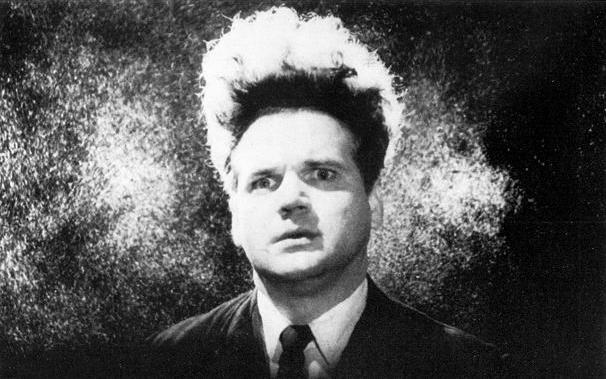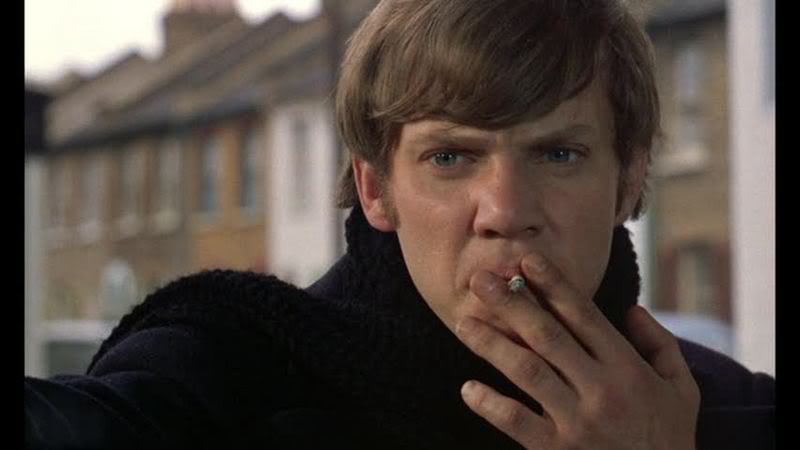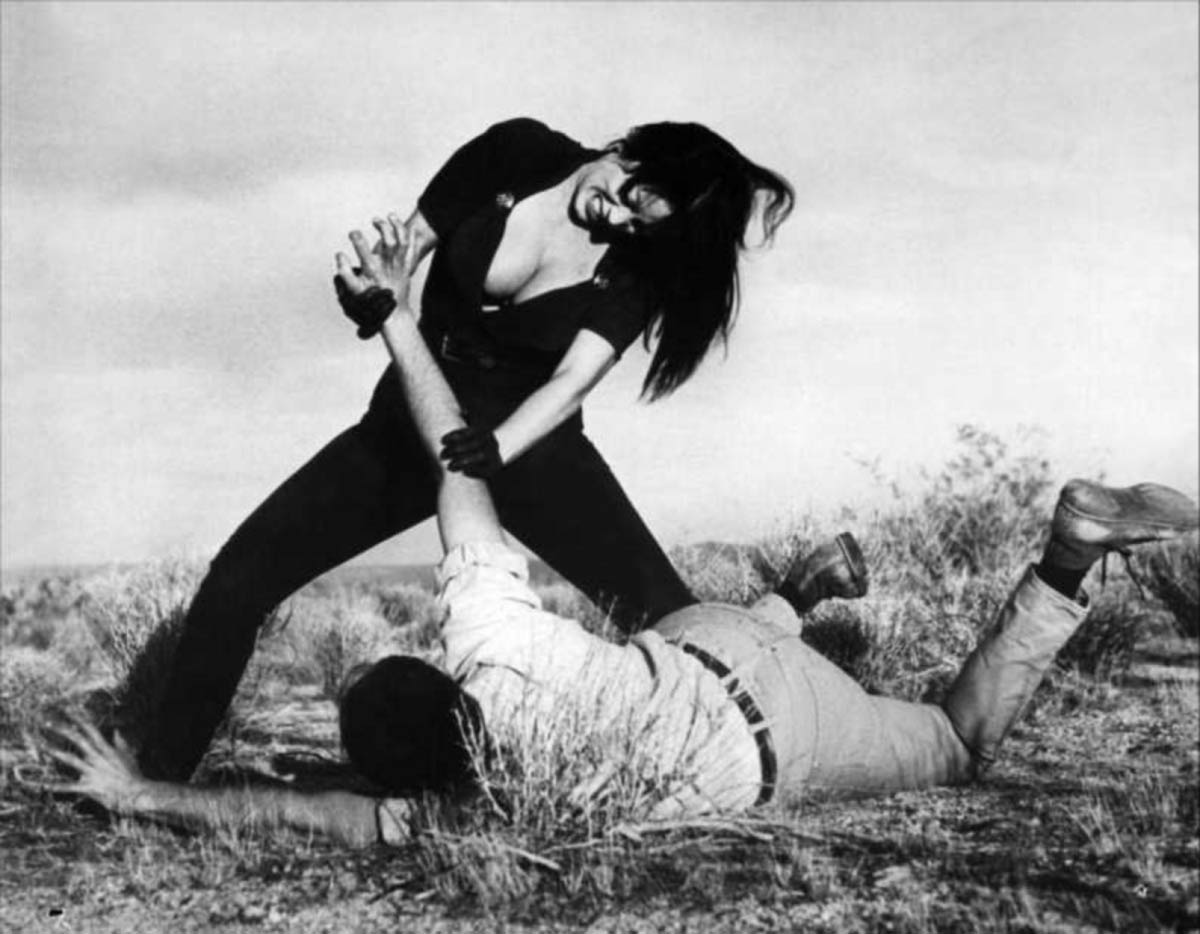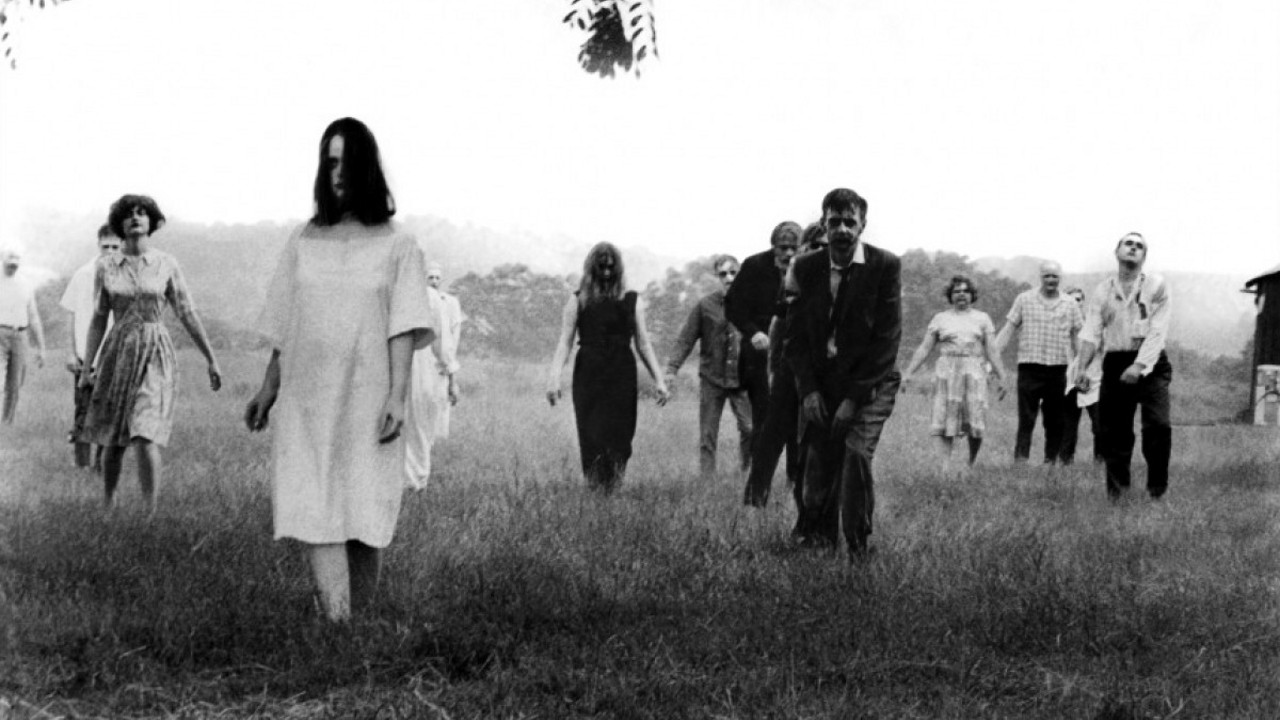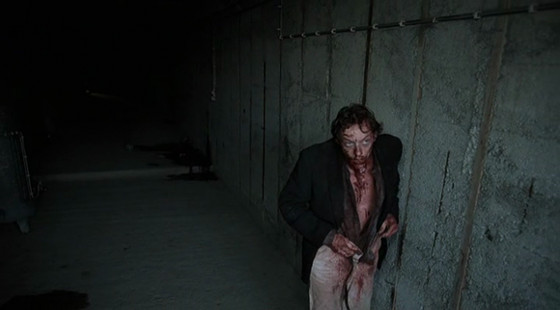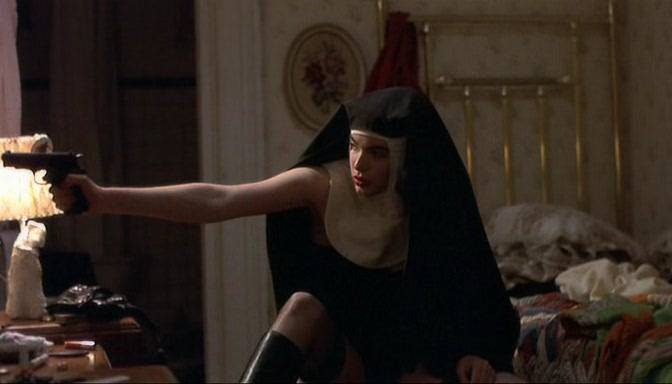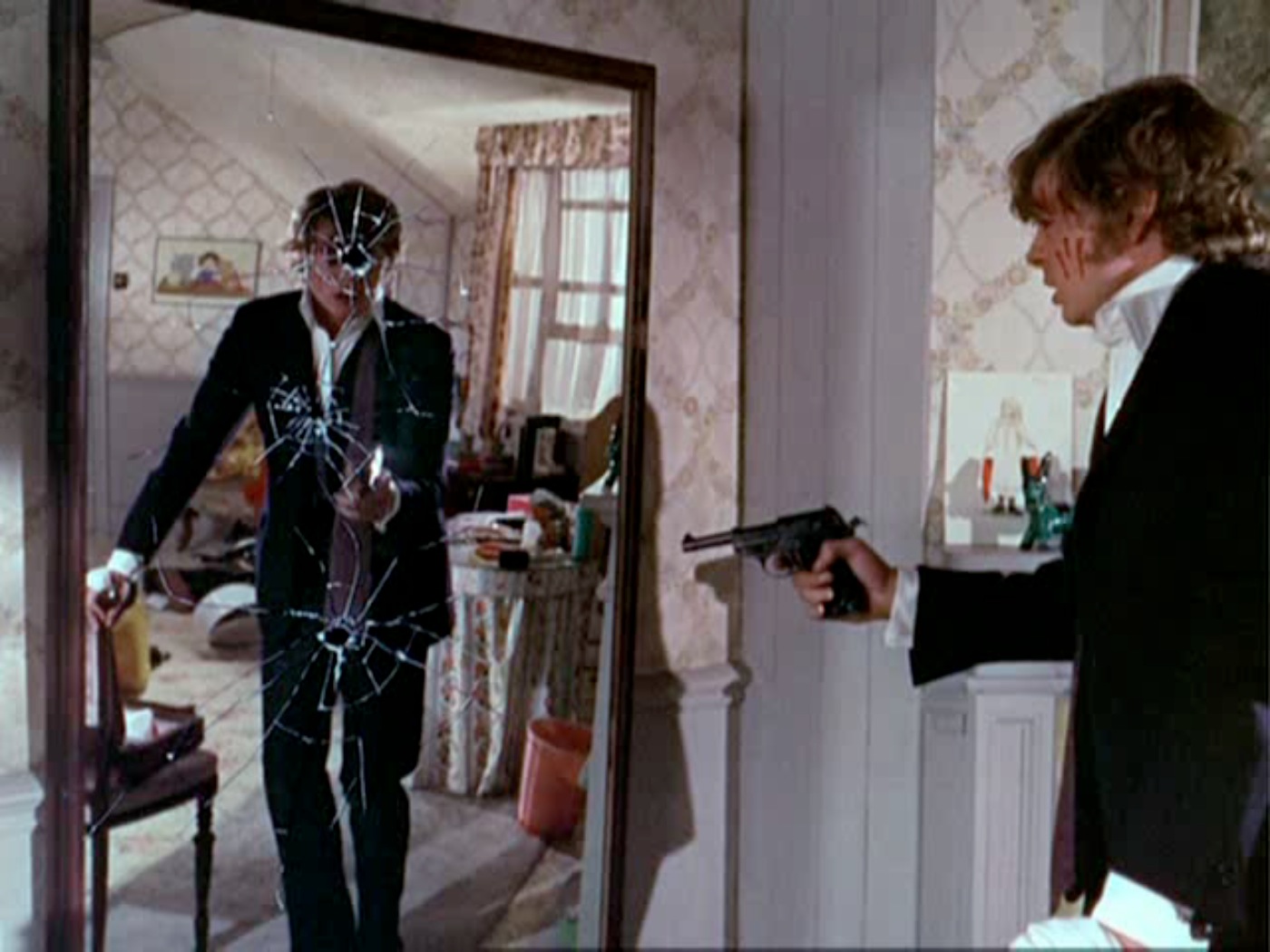17. Eraserhead (David Lynch, 1977)
“A dream of dark and troubling things” is the tagline for this subversive and groundbreaking debut by creative director David Lynch, one of the most disturbing movies in this list with its surrealist B&W, fascinating nightmarish quality and a bizarre approach on sexuality. Lynch wrote the script, which was based on his previous readings of Franz Kafka’s “The Metamorphosis” and Nikolai Gogol’s short story “The Nose”.
The scenery, sounds and overall atmosphere build up a claustrophobic and anguishing landscape, set on a desolated industrial place, and we follow Jack Nance’s journey through an obscure universe filled with symbols that defy the lines between reality and dreams.
Disturbing moments are all over the film, as we come across scenes where we are presented with the brick wall window in his bedroom, his visions of the “Lady in the Radiator” and especially the deformed baby – which was curiously nicknamed “Spike” by Jack Nance.
Many theories and interpretations are possible, and in that resides the genius of the film, that never gives easy answers or old clichés. However, one possible interpretation is that the movie talks about, in a very symbolic manner, about the fear of fatherhood and the pressure to prove one’s virility that comes with it. A men’s perspective of these events is not usually seen, along with the movie’s groundbreaking and original filmmaking makes this movie one of Lynch’s most subversive.
16. If… (Lindsay Anderson, 1968)
Another movie starred by Malcolm McDowell is featured in this list and again he plays a protagonist who has troubles with a higher law. This was the movie that caught director Stanley Kubrick’s eye and made him consider Malcolm for the main role in “A Clockwork Orange” (see number 2 on this list).
“If…” is basically about subversion, inside a boarding school in England, but we all know how schools reflect the real functioning of society, no one better to give birth to a movie like this than director Lindsay Anderson, who was an important figure of 60’s counterculture in the U.K.
The movie talks about power abuse and institutional perversion, as we see the teachers and peers making use of their power in order to get their way and punishing the students who don’t agree with them. Also, there’s a group of select senior students, called the “Whips”, who mistreat and harass younger students, such as Malcolm’s character (Mick Travis) and his friends, getting no punishment for it.
The harassed students are fed up and start to wonder what they can do to change that situation, Mick delivers the iconic line “one man can change the world with a bullet in the right place”, and so they plan and execute a revolution inside the school, which ends bloody and unsolved as we see the screen turn black after the headmaster has been shot in the head and the title of the movie appears on the screen in a questioning manner. A subversive movie about how the minorities can revolt and how sometimes violence can only be paid with violence.
15. Faster, Pussycat! Kill! Kill! (Russ Meyer, 1966)
One of John Waters’ favorite movies (see number 3 on this list), Russ Meyer’s allegoric exploitative creation is regarded as one of the most famous cult movies to this day. Famous for its massive use of controversial themes, the title of this movie reflects what the director thinks should be the basic elements for any exploitation movie: sex, violence, women and fast cars.
“Faster, Pussycat!” is extremely subversive in its funny and fast-paced dialogue, its frantic usage of speed and music to intensify the rhythm of the film and, especially, for its provocative defiance of gender roles, as we follow three go-go dancers through their journey in the desert after kicks and whatever adventures may come.
Tura Satana plays iconic femme fatale Varla, who is clearly the leader of the pack, as she defines every major action the girls will take on the story, from racing against a young man in the desert and eventually making him crash, to kidnapping his girlfriend and deciding to steal the fortune stored inside an isolated farmhouse. Varla is not your typical 60’s protagonist, and Russ Meyer plays with the cultural attributes of men and women, giving this character some traits that are considered to be “masculine”.
The director focus on literally giving the audience a good time, with his crazed mixture of Kung-Fu fighting, iconic 60’s outfits and badass one-liners. Russ Meyer’s other works flow between soft core pornography and exploitation, being “Faster, Pussycat!” the best example of how a filmmaker can the make the audience laugh at the same time that he, even if accidentally, subverted and bended deep-rooted cultural norms.
14. Night of the Living Dead (George A. Romero, 1968)
With nothing but a group of friends, amateur actors and an extremely low-budget, George A. Romero turned out to direct what would later be one of the most subversive films in horror history. No one, in 1968, expected a revolution to come from an independent production by an unknown filmmaker, but it’s safe to say this movie subverted every rule horror movies used up to that point, and it has influenced basically every horror movie made ever since.
Night of the Living Dead features many subversive characteristics that weren’t commonplace in horror movies at the time, such as characters that escape conventions and stereotypes – a black man as a protagonist and a woman so baffled she doesn’t scream or run desperately – scary zombies – whose origins aren’t, for the first time, related to preposterous plots – a great amount of blood – even if it was shot in a 16mm B&W, it is still shocking – and a gloomy and hopeless atmosphere which seems to offer no salvation or redemption for the human race at the end.
Romero went on to make several other horror movies, making for himself a prolific career inside the genre and becoming a household name. What is known today as his “Living Dead” series includes another five movies, and his creation also gave birth to several other movies within that same universe, unfortunately, none of these subsequent movies achieved to be as original and subversive as his 1968’s Night of the Living Dead.
13. Angst (Gerald Kargl, 1983)
With a gloomy soundtrack and a cold and dark atmosphere, Austrian director Gerald Kargl presented us one of the most realistic movies about the mind of a serial killer. French director Gaspar Noé (see number 8 on this list) has cited Angst many times as one of the movies that had a major influence on his work; unfortunately, it was Kargl’s only movie, which makes it perhaps even more special.
In an intimate and claustrophobic tone, we follow for a few hours the journey of a man – a psychopath, we may say – who has just been released from prison and his frantic behavior as he goes on a murder spree of an entire family in order to soothe his thirst for killing. We have no information whatsoever on the character, we only follow him as he brutally murders each member of that family, in shocking scenes where the camera travels uncontrollably through the rooms.
After the bloody encounter, the character flees from the scene, only to be busted by the police in a nearby gas station, where the movie ends abruptly. It makes us wonder about the killer’s actions and what goes through his mind, and an obscure theory emerges that maybe he knew that he couldn’t possibly live in the outside world, so in order to go back to a safe shelter that was the prison, he unleashed his innermost impulses, seeing he didn’t have anything to lose.
Certainly one of the most subversive films on psychopaths, similar to the also remarkable “Henry: Portrait of a Serial Killer”, from 1986.
12. Ms. 45 (Abel Ferrara, 1981)
This movie is also known as “Angel of Vengeance”, and that title represents perfectly the ambiguous images Abel Ferrara managed to capture in his depiction of a passive female character turned strong and lethal because of circumstances.
This movie is subversive because it tells the story from the perspective of a woman, inside a sexist society, who’s bound to be attacked at any minute, and a film with a female protagonist that escapes the stereotyped clichés wasn’t common at that time. It’s a low-budget production with undertones of exploitation movies, using the basics of a revenge/vigilante film and subverting its elements.
Thana is a mute seamstress who is raped twice in the same day and slowly changes her behavior, her anger is so strong – and the fact that she is mute only makes it harder for her to express it in a healthy way – that the only form she finds to express it is by going out on a murder spree in the streets of New York, killing every abusive men she encounters.
The film does not intend to send a political message or discuss the subject of feminism, but it inevitably ends up bringing it up and, despite it seemingly being politically incorrect for suggesting that all men are evil and potential abusers, it still makes a powerful statement about a woman who’s had enough and decides to do something about the things that trouble her, much like many male characters have done before, such as Charles Bronson in Death Wish (1974) and Clint Eastwood in Dirty Harry (1971).
11. Audition (Takashi Miike, 1999)
This psychological horror directed by Takashi Miike developed a cult status over the years, for its shocking scene of torture and disturbing plot. Miike is a prolific and controversial filmmaker, noted for usually showing explicitly violent and sexual contents in his movies. Another subversive movie of his that deserves an honorable mention in this list is “Ichi the Killer”, from 2001.
The main protagonist, after his wife’s death, decides to follow his son’s advice and start dating again, he then sets up a fake audition for a part in a movie, in order to meet girls and eventually ask them out, in what turns out to be a perverse means to an end. One of the girls who show up for the audition catches his eye, her name is Asami, but he’s never able to find her again. On the other side, we follow Asami in her bizarre routine, as she waits for her phone to ring.
What we see next is one of the most disturbing and physically uncomfortable scenes to have ever hit the screen, with a reported great number of people walking out of the theaters or finding it very difficult to watch. A movie that, among other things, talks about the perverse objectification of women in Japanese society and what can come out of that.
10. Twisted Nerve (Roy Boulting , 1968)
The re-released version of Twisted Nerve already starts bringing up its controversial issue, a warning saying that the filmmakers by no means are suggesting there is a link between intellectual disability and psychopathy, since it is the idea the film inevitably passes on. Even if this movie was released in 1968, it’s still unusual for a British film to discuss delicate subjects, such as repressed homosexuality, obsessions, mental illness and murderous tendencies, all in the same film.
This film was re-discovered in 2002, when director Quentin Tarantino used the theme song in his majorly successful Hollywood production “Kill Bill”, a theme which was composed by prolific Bernard Herrmann, who usually worked with Alfred Hitchcock, but Twisted Nerve is a movie yet to be discovered by younger audiences.
Although today we know that the suggestions made in this movie about intellectual disability and a tendency for violence and murder is politically incorrect and rather ignorant, the single idea that a filmmaker would dare to take such project forward in 60’s England is a redeeming quality, as well as the beautiful cinematography, performances, soundtrack and overall chilling atmosphere.
9. L’Age d’Or (Luis Buñuel, 1930)
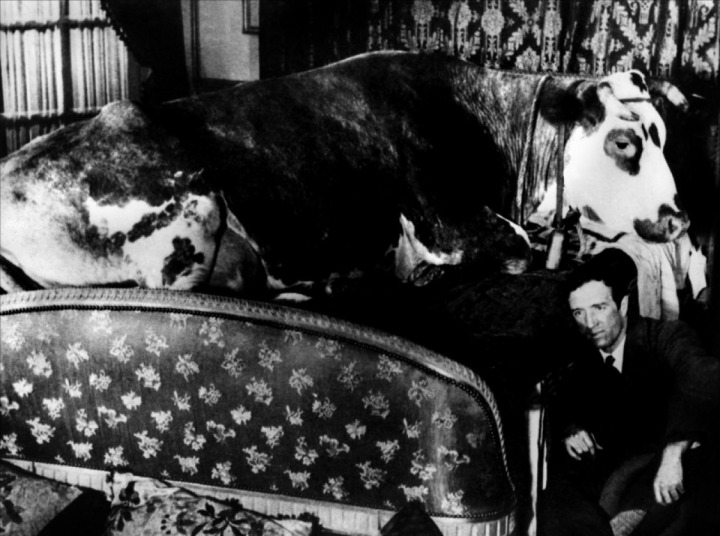
The second collaboration between two renowned artists from the Surrealistic movement, Salvador Dalí and Luis Buñuel, whose first release was the remarkable short film “Un Chien Andalou”, L’Age d’Or was similar in creativity and usage of surrealistic symbols to transmit various messages about the filmmaker’s opinions on the society they lived in.
This movie is still relevant to this day for its satirical and original commentary on how bourgeois values only serve the purpose of sexually repressing people. We watch a collection of funny sketches in which a newlywed couple attempts to consummate their marriage and reach satisfaction, only to find their efforts constantly frustrated by codes and values established by their social position and their peers.
The most iconic and subversive scenes features the protagonist performing fellatio on the toe of a religious statue and then french-kissing her father.
